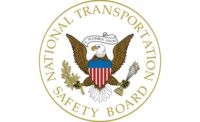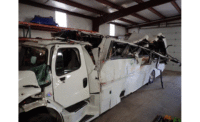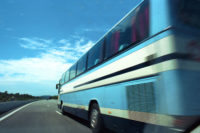Did modifications doom stretch limo passengers?

Did changes that allowed a 2001 Ford Excursion stretch limousine to carry 18 people contribute to the horrific death toll in an October 6, 2018 accident in upstate New York?
That’s one of the question the National Transportation Safety Board (NTSB) is attempting to answer in its investigation into the tragedy, which killed the driver and all 18 passengers in the limo – many of them related to each other – and also claimed the lives of two pedestrians.
Didn't stop at an intersection
The accident occurred in Schoharie, New York, when a limo operated by Prestige Limousine failed to stop at an intersection, crossed a road and ploughed into a restaurant parking lot, where it collided with a parked SUV. At the time of the impact, three people were approaching the SUV, and the limousine’s impact with the SUV caused the SUV to subsequently strike and kill two of the approaching pedestrians. A witness stated that the limousine traveled through the intersection at a high rate of speed.
The limousine continued across the parking lot and went into a ravine, where it collided with the earthen embankment on the far side and came to rest.
(Shown above: Crash location south of intersection of NY-30 and NY-30A; the limousine’s collision with a parked SUV occurred in the parking lot, followed by collision in the ravine. NTSB photo.)
The limousine had been rented for a private party to transport passengers from Amsterdam, New York, to Cooperstown, New York, with intermediate stops between the two locations.
Modifications being examined
According to the NTSB, the original 137-inch-long wheelbase for the 2001 Ford Excursion had been lengthened by 180 inches to increase the seating capacity to 18 occupants (including the driver). To accommodate the additional passenger capacity, non-OEM (original equipment manufacturer) seats were installed in the vehicle. These non-OEM seats were equipped with lap belts and oriented passengers away from a traditional forward-facing seating configuration. Additionally, the vehicle’s increased passenger capacity required the passenger-carrying operations of the limousine to be regulated by the New York State Department of Transportation. The National Transportation Safety Board (NTSB) continues to gather information on the modifications and mechanical condition of the vehicle, the seat belt usage and survivability of the passengers, and the oversight of the passenger-carrying operation by the New York State Department of Transportation and New York State Department of Motor Vehicles.
All aspects of the crash remain under investigation as the NTSB focuses on determining the probable cause, with the intent of issuing safety recommendations to prevent similar crashes. We are working in partnership with the New York State Police, state oversight agencies, the Federal Motor Carrier Safety Administration, the National Highway Traffic Safety Administration, and the Ford Motor Company.
Looking for a reprint of this article?
From high-res PDFs to custom plaques, order your copy today!





